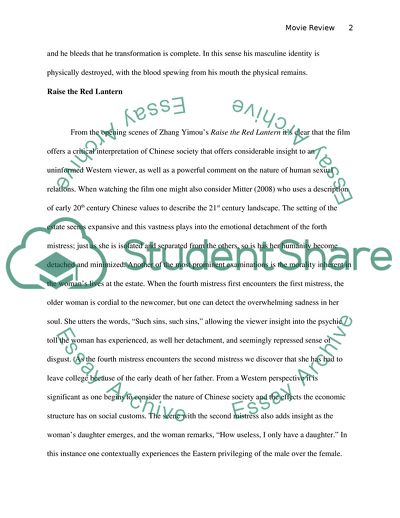Cite this document
(Analysis of Farewell My Concubine Movie Review Example | Topics and Well Written Essays - 2000 words, n.d.)
Analysis of Farewell My Concubine Movie Review Example | Topics and Well Written Essays - 2000 words. https://studentshare.org/visual-arts-film-studies/1735646-movie-review
Analysis of Farewell My Concubine Movie Review Example | Topics and Well Written Essays - 2000 words. https://studentshare.org/visual-arts-film-studies/1735646-movie-review
(Analysis of Farewell My Concubine Movie Review Example | Topics and Well Written Essays - 2000 Words)
Analysis of Farewell My Concubine Movie Review Example | Topics and Well Written Essays - 2000 Words. https://studentshare.org/visual-arts-film-studies/1735646-movie-review.
Analysis of Farewell My Concubine Movie Review Example | Topics and Well Written Essays - 2000 Words. https://studentshare.org/visual-arts-film-studies/1735646-movie-review.
“Analysis of Farewell My Concubine Movie Review Example | Topics and Well Written Essays - 2000 Words”. https://studentshare.org/visual-arts-film-studies/1735646-movie-review.


